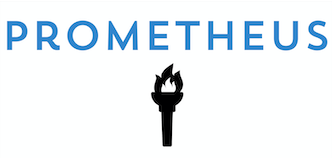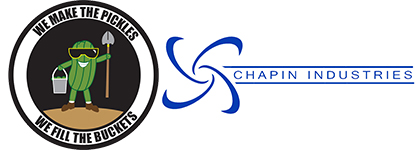What is Quantum Superposition and Entanglement?
In classical computation, it is possible to have either a 1 or a 0. However, by taking advantage of the quantum world, it is possible to make computations using qubits that possess both states. Although this can be difficult to envision, this is one of the concepts that gives quantum computing an edge over classical computations. Using Dirac notation, this is how a superposition would be represented:

Additionally, there is something else that gives quantum computation a decisive edge over classical methods; entanglement. Entanglement is when two or more particles are entangled with each other so that, they possess all possibilities at once. However, even when separated at vast distance, when one entangled particle is measured, the other particle instantaneously takes the opposite measurement. So for example, if two particles separated by 100 million light years is then measured, the other particle will instantaneously decoheres into the opposite state. This is one concept that even Einstein refused to believe. In Dirac notation an entangled state can be reached after passing, for example, 2 qubits through a Hadamard operator and then a CNOT operator to produce an entangled state, i.e., a bell state. An example:
An example would be passing 2 qubits through the Hadamard operator


Then through the CNOT operator, produces an entangled state, i.e., Bell State

More on operators/gates in another article.
What are some of the benefits to this? The greatest advantage is taking advantage of exponentiality to leverage against larger, more complex problems. An example would be calculating potential electron states. IBM has an example where they took beryllium hydroxide, and wanted to calculate possible electron states. Although it is a simple molecule, with a classical computer, to calculate potential energy states of 6 electrons would require resolving a 40,000 X 40,000 matrix, which to say is a quite a bit of effort for a very simple molecule. However, using quantum computation (their quantum computer has 6 usable qubits) calculating with 6 qubits, they were able to get the answer in far fewer steps and in a shorter amount of time. Another aspect to appreciate the scale of it, would be with the following example:
To represent 50 qubits classically, we would require 2^50 bits
2^50 bits of information represents a petabyte, essentially 1,000, 1 terabyte drives laid out
70 qubits would need to be represented by 2^70 bits of information (also roughly known as ‘quantum supremacy’) represent 1 zettabyte which to put in perspective, in 2018 the DIC estimated that there is only 33 zettabytes of data in the entire world
With a system that exponentially increases in computing power, the sky is the limit. Designing pharmaceutical drugs that are built on the rules of quantum mechanics, to a high resolution of precision, would be possible (today, they approximate). It would also be possible to create better cyber security ciphers to better protect data. There are many more uses to this technology.
What are some of the difficulties? For one, the qubit(s) have to be protected from all external ‘noise’, in this case that can also mead heat energy and other forms of interference. This is one of the reasons that to build a quantum computer requires very extreme conditions, i.e., using dilution refrigeration to cool it to about 15 millikelvin, roughly about -459 F, -273 C, basically colder than space.

The reason that this is critical is because a quantum computer is only useful if it can be kept in an entangled state, which when exposed to ‘noise’, it will collapse/decoheres and lose all computing power. Some other reasons include the required scientific creativity when using a quantum computer as measuring it will cause it to decoheres and be worthless. The approach to this are discussed in future articles that talk more about quantum algorithms and methods used to measure without measuring. Of course, there are more challenges, however, the payoff in computational power makes it worth it, which can be demonstrated by the efforts that Microsoft, Google, IBM and others are taking to further develop working quantum computers
https://www.youtube.com/watch?v=7susESgnDv8 Minute 24.17
Complex calculations on simple molecule
Quantum computing: an applied Approach
Quantum Computing for everyone


